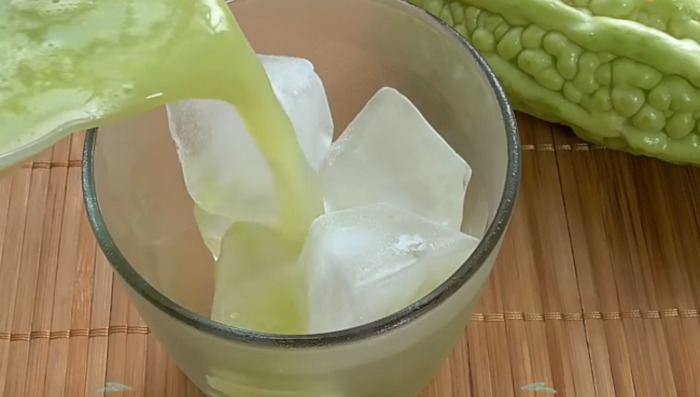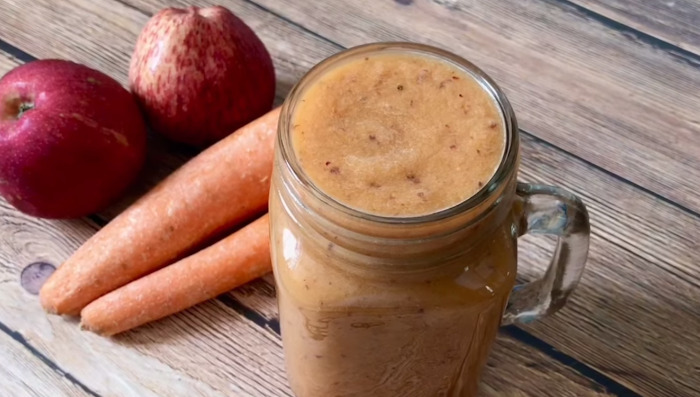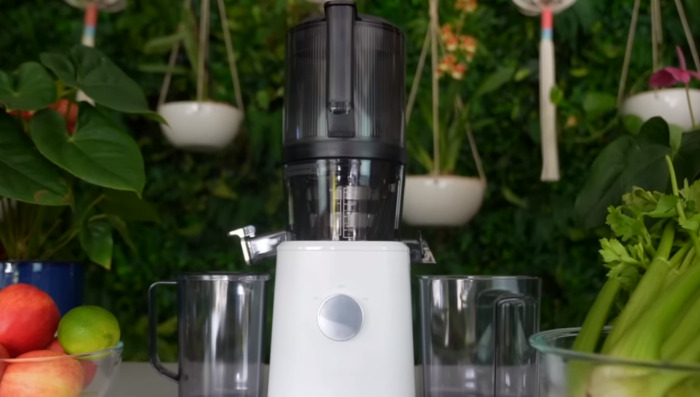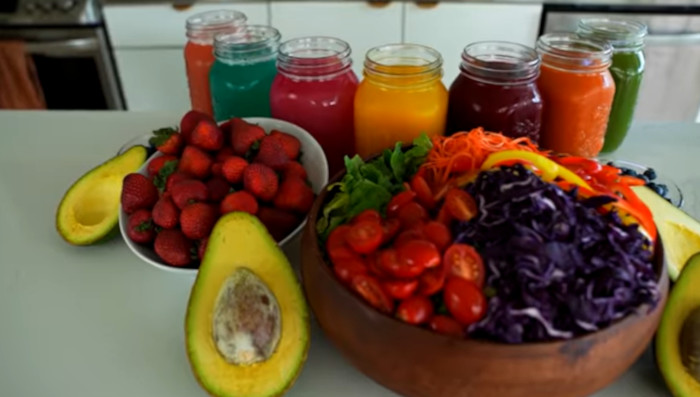Definition of diabetes:
Diabetes, often referred to simply as diabetics, is a chronic health condition where the body’s ability to produce or respond to the hormone insulin is impaired. This results in abnormal metabolism of carbohydrates and elevated levels of glucose in the blood.
Now, why is this important? Well, glucose is a primary source of energy for our body’s cells. But without insulin, glucose can’t enter these cells. Instead, it stays in the bloodstream. Over time, having too much glucose in your blood can lead to serious health problems.
There are different types of diabetes, including Type 1, Type 2, and gestational diabetes. Each type has unique causes and may be managed in distinct ways, but all forms of diabetes can lead to excessive levels of glucose in the blood.
For those diagnosed with this condition, it’s crucial to monitor blood sugar levels regularly. This helps ensure they remain within a target range. It’s also vital to be aware of the foods and drinks consumed, as they directly impact blood sugar levels. For instance, while fresh vegetable juices can be beneficial, certain fruit juices might spike blood sugar levels due to their high sugar content.
Understanding diabetes is the first step in managing it. With the right knowledge, those with diabetes can lead a healthy, normal life. It’s about making informed choices, staying active, and, when necessary, seeking advice from healthcare professionals. Remember, diabetes isn’t a barrier; it’s a challenge that millions manage every day.
3 best juice recipes for diabetics:
1. Bitter melon and apple juice for diabetes
Ingredients:
To create a revitalizing and diabetes-friendly bitter melon and apple juice, you’ll need the following ingredients:
- 1 bitter melon
- ½ cup of water
- 1 small apple
- Half a lemon
- Pinch of salt

Instructions:
Follow these easy steps to prepare this nutritious beverage:
1.Prepare the Ingredients:
- Wash the bitter melon, apple, and lemon thoroughly under cold water.
- Cut the bitter melon in half lengthwise and remove the seeds and white pith using a spoon.
- Cut the bitter melon and apple into smaller pieces for easy juicing.
2. Juicing Process:
- Using a high-quality juicer, start by juicing the bitter melon. Allow the juice to collect in a bowl.
- Next, juice the apple and add its juice to the same bowl as the bitter melon juice.
- Squeeze the lemon to extract its juice and add it to the bowl as well.
3. Blending and Balancing:
- Pour the collected juices into a blender.
- Add ½ cup of water to the blender to dilute the juice slightly and reduce the bitterness.
- Sprinkle a pinch of salt into the mixture to enhance the flavors and balance the taste.
4. Blending and Serving:
- Blend the mixture on low speed until the ingredients are well combined and the juice has a smooth consistency.
- Taste the juice and adjust the salt, lemon, or water if needed to achieve your desired flavor.
5. Serving and Enjoying:
- Pour the prepared bitter melon and apple juice into a glass.
- Give the juice a gentle stir before drinking to ensure that all the flavors are evenly distributed.
2. Carrot and apple juice recipe
Ingredients
To create a delicious and healthful carrot and apple juice, gather the following fresh ingredients and get ready to enjoy a burst of natural flavors:
- 1 medium-sized carrot
- ½ cup of green and red apple combination (equivalent to approximately one small apple)
- A small piece of fresh ginger
- ¼ lemon

Instructions:
Follow these easy steps to prepare your own glass of healthful goodness:
1. Gather Your Ingredients:
Assemble the required ingredients, including a medium-sized carrot, half a cup of a combination of green and red apple, a small piece of fresh ginger, and a quarter of a lemon. Having all your ingredients ready makes the juicing process efficient and enjoyable.
2. Wash and Prepare:
Start by thoroughly washing the carrot, apples, ginger, and lemon. Peeling the carrot and removing the seeds from the apples is optional but can enhance the overall texture and taste of the juice.
3. Cut and Chop:
Cut the carrot and apples into smaller pieces that can easily fit into your juicer’s chute. Remove any stems or tough parts from the ginger, and cut it into small chunks. Quarter the lemon for juicing.
4. Juice the Ingredients:
Begin by feeding the carrot pieces into the juicer, followed by the apple slices, ginger chunks, and lemon quarters. Allow the juicer to process each ingredient, extracting their natural juices and flavors.
5. Mix and Serve:
Once all the ingredients have been juiced, give the mixture a gentle stir to ensure that the flavors are well combined. If you prefer a chilled juice, you can serve it over ice or refrigerate it for a short while before enjoying.
6. Savor the Flavor:
Pour your freshly prepared carrot and apple juice into a glass and take a moment to appreciate the vibrant colors and enticing aroma. With each sip, relish the harmonious blend of sweet apples, earthy carrots, and the subtle kick of ginger and lemon.
3. Mix green juice recipe
Ingredients:
Gather the following fresh and wholesome ingredients to create a rejuvenating blend that will leave you feeling energized:
- 1 cucumber
- 1 green apple
- 1 carrot
- 1 cup of a combination of celery and spinach
- A small piece of fresh ginger
- A quarter of a lemon

Instructions:
Crafting a revitalizing mixed green juice is a delightful way to infuse your body with essential nutrients and energy. Follow these simple steps to create a vibrant and flavorful blend that will leave you feeling refreshed:
1.Prepare the Ingredients:
Wash the cucumber, green apple, carrot, celery, spinach, ginger, and lemon thoroughly. This ensures that your juice is clean and free from any contaminants.
2. Chop and Slice:
Cut the cucumber, green apple, carrot, celery, and spinach into manageable pieces. This will make it easier for your juicer to extract the juice efficiently.
3. Assemble the Juicer:
Set up your juicer according to the manufacturer’s instructions. Make sure all the components are properly aligned and secured.
4. Begin Juicing:
Start by feeding the cucumber, followed by the green apple, carrot, celery, and spinach into the juicer. The vibrant colors of these ingredients will come together to create a beautiful and inviting green hue.
5.Add Ginger and Lemon:
Once the vegetables and fruits are juiced, add a small piece of fresh ginger and squeeze a quarter of a lemon into the mixture. These additions enhance the flavor and provide additional health benefits.
6.Mix and Serve:
Gently stir the juice to ensure that all the flavors are well combined. Pour the mixed green juice into a glass and enjoy immediately for the freshest taste and maximum nutritional value.
7. Savor the Freshness:
Take a moment to savor the crisp and invigorating flavors of your homemade mixed green juice. Each sip offers a medley of vitamins, minerals, and antioxidants that nourish your body from within.
8. Clean Up:
After enjoying your juice, disassemble the juicer and clean the parts thoroughly. This ensures that your juicer remains in good condition and ready for your next juicing adventure.
9. Experiment and Customize:
Feel free to experiment with ingredient ratios to suit your taste preferences. If you prefer a more citrusy flavor, you can adjust the amount of lemon. Similarly, you can increase or decrease the amount of ginger to suit your palate.
Important Lifestyle Tips for Diabetic Patients:
- Regular Physical Activity: Engage in regular physical activity, such as walking, swimming, or cycling. Exercise helps improve insulin sensitivity, control weight, and boost cardiovascular health.

- Blood Sugar Monitoring: Monitor blood sugar levels regularly to understand how different foods, activities, and medications affect your glucose levels. This information empowers you to make informed decisions.
- Medication Adherence: If prescribed medication by your healthcare provider, take it as directed. Consistent medication adherence plays a crucial role in managing blood sugar levels.
- Stress Management: Practice stress-relief techniques such as deep breathing, meditation, yoga, or engaging in hobbies to reduce stress, which can impact blood sugar levels.
- Adequate Sleep: Prioritize getting enough quality sleep each night. Poor sleep can affect insulin resistance and contribute to imbalanced blood sugar levels.
- Hydration: Drink plenty of water throughout the day to stay hydrated. Hydration supports overall health and can aid in blood sugar regulation.
- Portion Control: Be mindful of portion sizes to prevent overeating and excessive calorie intake. Use measuring tools and practice portion control at home and when dining out.
- Regular Check-ups: Schedule regular appointments with your healthcare provider, including diabetes specialists, to monitor your condition and receive personalized guidance.

- Foot Care: Pay attention to foot health and hygiene. Diabetes can affect blood circulation and nerve function, making foot care essential to prevent complications.
- Social Support: Connect with friends, family, or support groups to share experiences and seek emotional support. A strong support network can positively impact mental and emotional well-being.
- Smoking Cessation: If you smoke, consider quitting. Smoking increases the risk of complications for people with diabetes, including cardiovascular issues.
- Alcohol in Moderation: If you choose to consume alcohol, do so in moderation and be mindful of its impact on blood sugar levels. Avoid sugary mixers and high-calorie drinks.
- Regular Health Screenings: Stay up-to-date with recommended health screenings, such as eye exams, kidney function tests, and cholesterol checks.
- Healthy Cooking Techniques: Opt for healthy cooking methods like baking, grilling, steaming, or sautéing instead of frying. These methods help preserve the nutritional value of foods.
Juices & Fruits That Diabetics Should Avoid:
Here are fruits and juices that individuals with diabetes should avoid or consume in moderation:
- High-Sugar Fruits: Certain fruits are high in natural sugars and can cause rapid spikes in blood sugar levels. Avoid or limit consumption of fruits like mangos, pineapples, cantaloupe, honeydew, and watermelon.
- Fruit Juices with High Glycemic Index: Fruit juices made from high-sugar fruits can have a concentrated amount of sugar and a high glycemic index. These juices can lead to rapid fluctuations in blood sugar levels.
- Sweetened Fruit Juices: Store-bought fruit juices often contain added sugars, artificial sweeteners, and preservatives. These can negatively impact blood sugar control and overall health.
- Processed Fruit Juices: Processed fruit juices may lack the fiber present in whole fruits. Fiber helps slow down the absorption of sugars and promotes better blood sugar regulation.
- Sugary Smoothies: Smoothies made with high-sugar fruits, sweetened yogurt, and added sugars can be calorie-dense and cause spikes in blood sugar.
- Fruit Blends with Added Sweeteners: Some fruit blends may have added sweeteners or concentrates, which can contribute to higher sugar content.
- Dried Fruits: Dried fruits are concentrated sources of sugars and can lead to rapid increases in blood sugar levels. It’s best to consume dried fruits in small quantities.
- Grapes: Grapes have a high sugar content and can affect blood sugar levels when consumed in large amounts.
- High-Calorie Fruit Drinks: Beverages labeled as fruit drinks or fruit cocktails may contain added sugars and provide excess calories without significant nutritional value.
- Sweetened Fruit Yoghurts: Fruit yogurts often have added sugars, making them less suitable for individuals with diabetes.
Conclusion:
In conclusion, juicing can be a valuable addition to the dietary choices of individuals with diabetes, provided it’s approached with awareness and moderation. By selecting the right ingredients and following smart juicing practices, you can enjoy the benefits of fresh juices while maintaining steady blood sugar levels.Remember, the key lies in choosing low-glycemic index fruits and vegetables that won’t cause rapid spikes in blood sugar. Incorporating green leafy vegetables, non-starchy vegetables, and low-sugar fruits can help create balanced and nutritious juice recipes.
By focusing on nutrient-rich options, experimenting with creative juice combinations, and being mindful of your body’s response, you can savor the refreshing flavors of juices while making positive contributions to your overall well-being. As you explore the world of juicing, remember to prioritize your health and make informed choices that empower you on your diabetes journey.
FAQs:
What’s the Right Way to Enjoy Juice with Diabetes?
When it comes to incorporating juice into your diabetes management plan, a mindful approach is key. Focus on selecting ingredients with low glycemic index values, such as green leafy vegetables and low-sugar fruits. Drinking juice in small amounts, around 4 to 8 oz, along with a balanced meal can help prevent rapid spikes in blood sugar. To make your juice more nutrient-rich, consider adding sources of protein, fiber, and healthy fats to your meals. By following these guidelines, you can relish the benefits of juicing while keeping your blood glucose levels in check.
Are Juicing Recipes Safe for Individuals with Diabetes?
If you have diabetes, exploring juicing recipes can be both beneficial and challenging. While fresh juices can provide essential vitamins and minerals, they can also lead to rapid spikes in blood sugar due to the concentration of natural sugars. To make juicing safe, opt for recipes that emphasize non-starchy vegetables, low-sugar fruits, and added fiber. This combination can slow down sugar absorption and help maintain stable blood sugar levels. However, it’s crucial to monitor your blood glucose response and consult your healthcare provider before making significant changes to your diet. By making informed choices and keeping moderation in mind, you can enjoy the benefits of juicing while safeguarding your health.
Related Read: How To Prepare Healthy Juices For Lowering Blood Sugar Levels?







